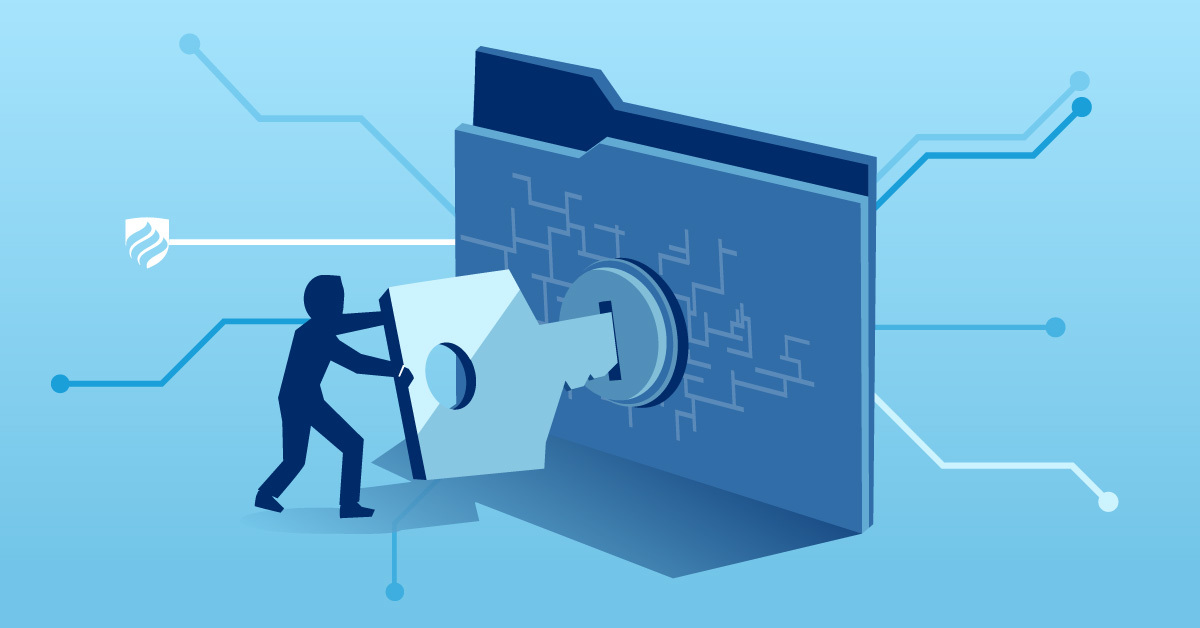For small businesses, information security is especially crucial. When an information security issue arises, large organizations have more resources at their disposal to address the issue and help them survive. Small businesses, on the other hand, tend to be resource-constrained and thus vulnerable to data breaches.
When used wisely, information technologies can greatly benefit people, businesses, and entire societies. We have seen a variety of ways that IT has improved business productivity, efficiency, and consumer responsiveness in previous modules. You have also looked into areas where IT has enhanced human health and wellbeing. Information technologies can, sadly, also be misused, frequently with disastrous results.
Any discussion of information technologies now begins and ends with the misuse of those technologies. According to studies, a security breach can cost a company millions of dollars.
Unfortunately, many data breaches were the result of employee negligence, proving that organizational employees are a weak point in information security.
Introduction to Information Security
The degree of defense against criminal activity, risk, damage, and/or loss is what is meant by security. According to this inclusive definition, information security includes all procedures and guidelines intended to safeguard an organization's data and information systems (IS) from unauthorized access, use, disclosure, disruption, modification, or destruction. You have seen that intentional criminal acts and anything else that can prevent an organization's information systems from operating as intended can compromise information and information systems.
Large-scale information collection and the use of numerous information systems by organizations expose them to numerous risks. Any threat to which a system may be exposed constitutes a threat to an information resource. An information resource's exposure is the potential harm, loss, or damage that could happen if a threat compromises it. An information resource's vulnerability is the potential for a threat to cause harm to the system.
Organizational information resources are becoming more vulnerable today due to five important factors, making their security much more challenging:
-
The wirelessly networked, interdependent, and connected business environment of today.
-
smaller, quicker, and more affordable computers and storage systems.
-
fewer abilities are needed to be a computer hacker.
-
Cybercrime is being dominated by international organised crime.
-
Less managerial support
Unintentional Threats to Information Systems
Information systems are susceptible to a wide range of threats and hazards. Unintentional and intentional threats are the two main types of threats.
Human errors are a significant group of unintentional threats.
Human Errors
Employee mistakes or human errors brought on by negligence, carelessness, or a lack of understanding of information security pose a significant problem. The organization's inadequate efforts at education and training are to blame for this lack of awareness. There are numerous ways that human errors can appear.
There are two crucial points to consider regarding employees.
-
First, the threat an employee poses to information security increases with their level. because employees at higher levels frequently have more access to corporate information and privileges on organisational information systems.
-
Second, employees in the human resources and information systems departments of the company represent particularly serious threats to information security. Employees in human resources typically have access to sensitive personal data on every employee. Similarly, employees of IS departments frequently have control over the tools used to generate, store, transmit, and modify sensitive organisational data in addition to having access to it.
Contract workers, consultants, janitors, and security guards are examples of additional workers.
-
Information security arrangements may overlook contract labour, such as temporary hires. However, these staff members frequently have access to the company's network, information systems, and data assets.
-
Although technically not employees, consultants work for the business. They might also have access to the network, information systems, and information assets of the business depending on the nature of their work.
-
The people in information security systems who are most frequently disregarded are cleaners and security personnel. Companies frequently contract out their janitorial and security services. Even though they are not technically employees, these people work for the company. Furthermore, they frequently work after the majority of other employees have left for the day. Every office usually has a key, and no one objects to their presence in even the most private areas of the structure.
All of the mistakes made by humans that you have just studied are made by employees. However, unintentional errors made by employees as a result of an attacker's actions are also possible. Attackers frequently use social engineering to persuade people to reveal sensitive information through unintentional mistakes.
Social Engineering
Social engineering is an attack in which the culprit uses social skills to manipulate legitimate employees into providing confidential company information such as passwords. The attacker claims he forgot his password and asks the legitimate employee to give him a password to use.
Deliberate Threats to Information Systems
Information systems are subject to a variety of intentional threats. For your convenience, we've listed the top ten common types below.
-
Espionage or trespass
-
Information extortion
-
Sabotage or vandalism
-
Equipment or information theft
-
Identity theft
-
Intellectual property compromises
-
Software attacks
-
Alien software
-
Supervisory control and data acquisition (SCADA) attacks
-
Cyberterrorism and cyberwarfare
Thanks for reading, if you liked it Please share it with your peers.
